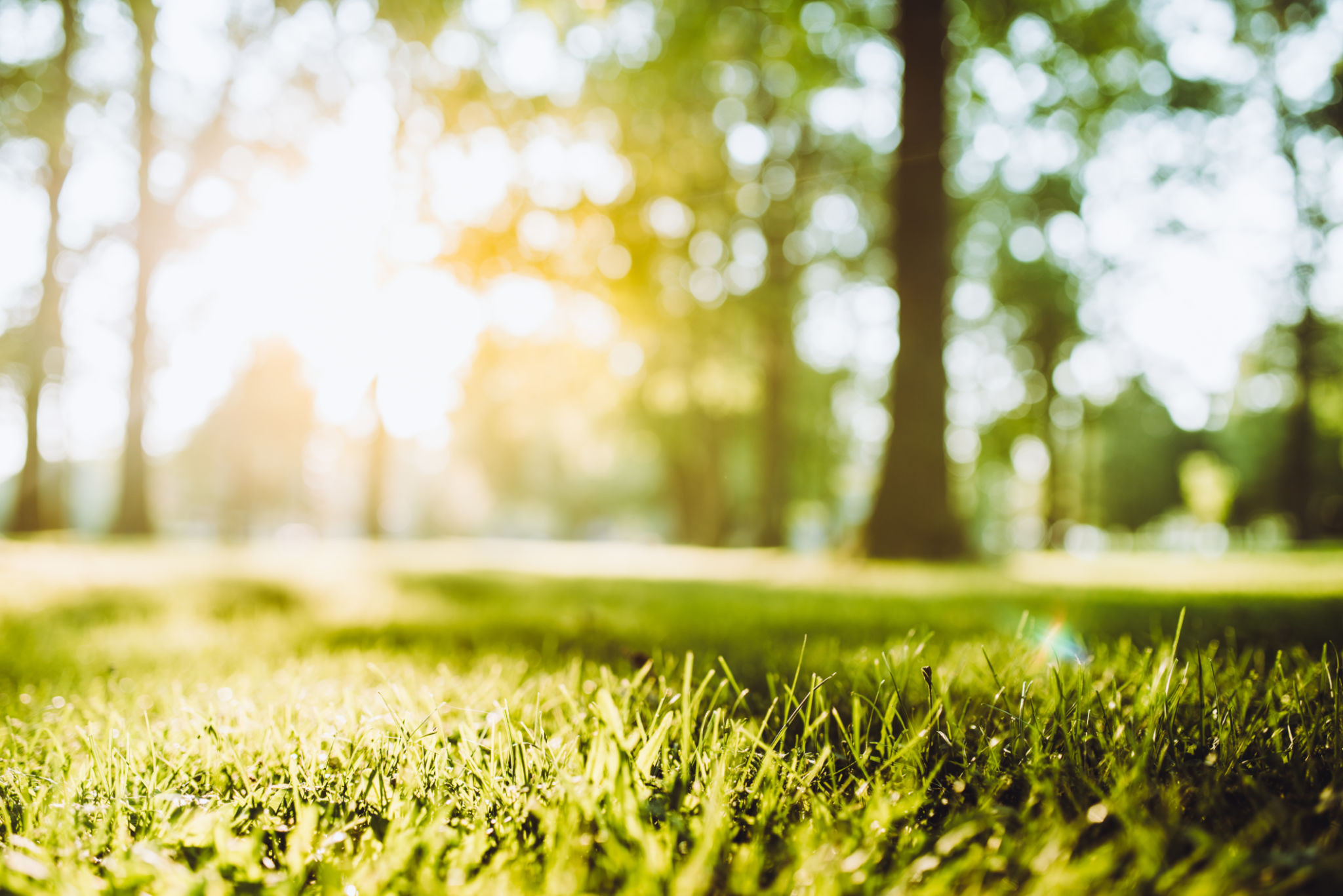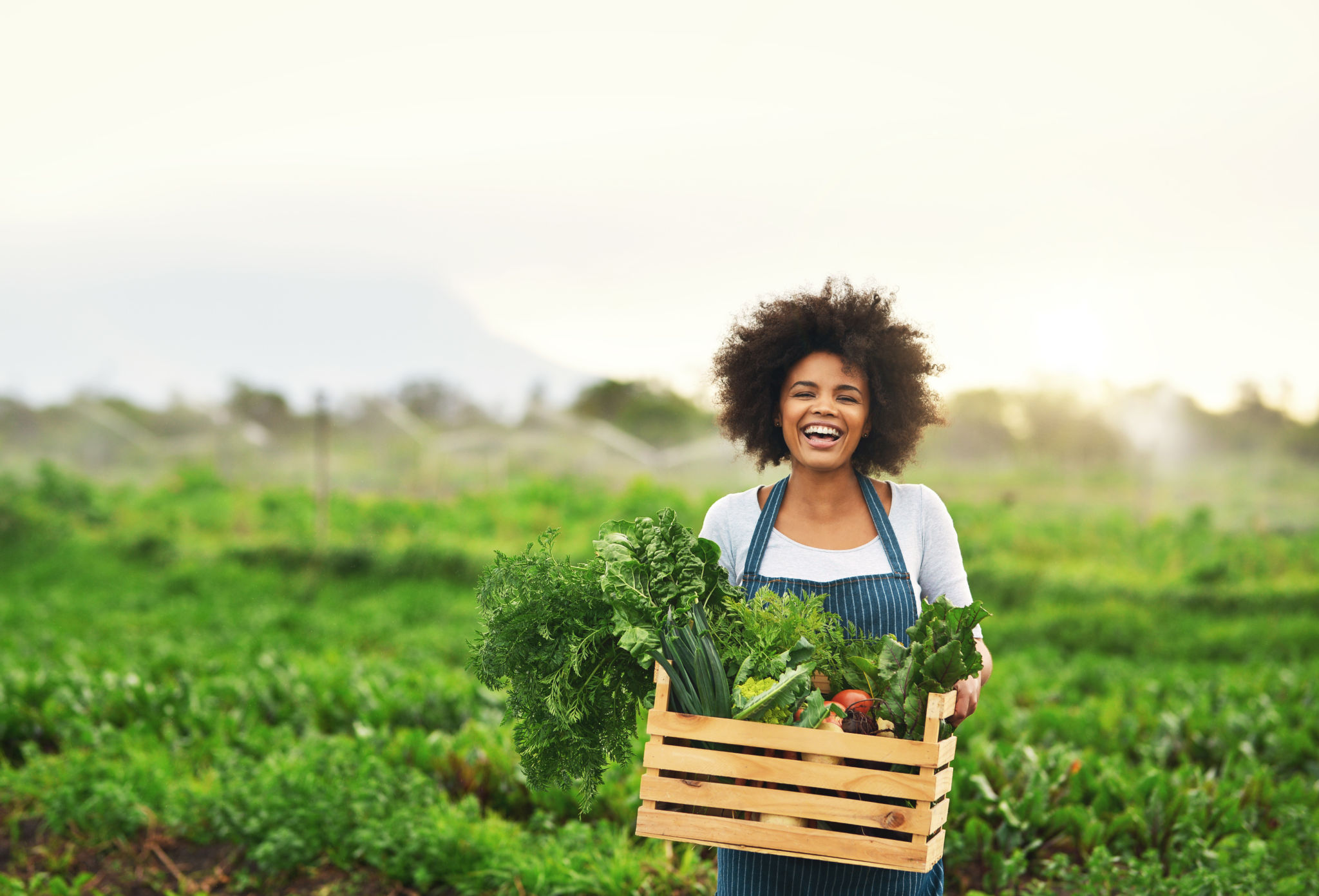The Ultimate Guide to Starting Your Own Edible Garden
Understanding the Basics
Starting your own edible garden is a rewarding endeavor that not only beautifies your space but also provides fresh produce right at your doorstep. Whether you're a seasoned gardener or a beginner, understanding the basics is crucial. Begin by assessing your available space and determining which plants you wish to cultivate. Consider the climate, sunlight, and water availability in your area. These factors will heavily influence your plant selection and garden layout.
Sunlight is a critical factor for plant growth. Most edible plants require at least 6-8 hours of sunlight daily. Choose a location that maximizes sun exposure while providing some shade for plants that prefer less direct light.

Choosing What to Grow
When deciding what to grow, think about your dietary preferences and the time you can commit to garden maintenance. Beginners might want to start with easy-to-grow plants like herbs, lettuce, or radishes. These plants are not only simple to care for but also quick to harvest, giving you a sense of accomplishment early in your gardening journey.
If you have more space and are ready for a challenge, consider growing vegetables like tomatoes, peppers, or zucchini. These require more attention but yield larger harvests, making them worthwhile investments for your edible garden.
Creating a Planting Plan
Once you've selected your plants, create a detailed planting plan. This plan should include information on spacing, companion planting, and crop rotation. Spacing is crucial as overcrowding can lead to poor air circulation and increased susceptibility to pests and diseases.

Preparing Your Soil
The quality of your soil significantly affects plant growth and productivity. Test your soil's pH level and nutrient content before planting. Most edible plants thrive in slightly acidic to neutral soil with a pH of 6.0 to 7.0.
Amending your soil with organic matter such as compost or well-rotted manure can improve its structure, enhance nutrient content, and promote healthy plant growth. Regularly tilling the soil will also help maintain its health by improving aeration and water retention.
Watering and Maintenance
Consistent watering is essential for an edible garden's success. Establish a watering schedule based on your plants' needs and environmental conditions. Early morning is the best time to water as it allows leaves to dry throughout the day, reducing the risk of fungal diseases.
Regular maintenance tasks such as weeding, pruning, and mulching are vital for a thriving garden. Weeds compete with your plants for nutrients and water, so keep them in check. Mulching helps retain soil moisture and prevents weed growth, making it an effective way to maintain garden health.

Pest Management
Pests can be a significant challenge in an edible garden. However, you can manage them effectively through preventive measures and organic solutions. Encourage beneficial insects like ladybugs and bees by planting flowers that attract them. These insects naturally control pest populations, reducing the need for chemical interventions.
If pests become a problem, consider using organic pesticides or homemade solutions like neem oil or soapy water sprays. These options are safer for your plants and the environment.
Harvesting Your Produce
One of the most rewarding aspects of an edible garden is harvesting your produce. Knowing when to harvest is crucial for optimal flavor and nutrition. Leafy greens can be cut when they reach the desired size, while fruits and vegetables are best picked when fully ripe.
Regular harvesting encourages continued growth and production, ensuring you have a steady supply of fresh produce throughout the growing season. Enjoy the fruits of your labor by incorporating them into your meals or sharing them with friends and family.
